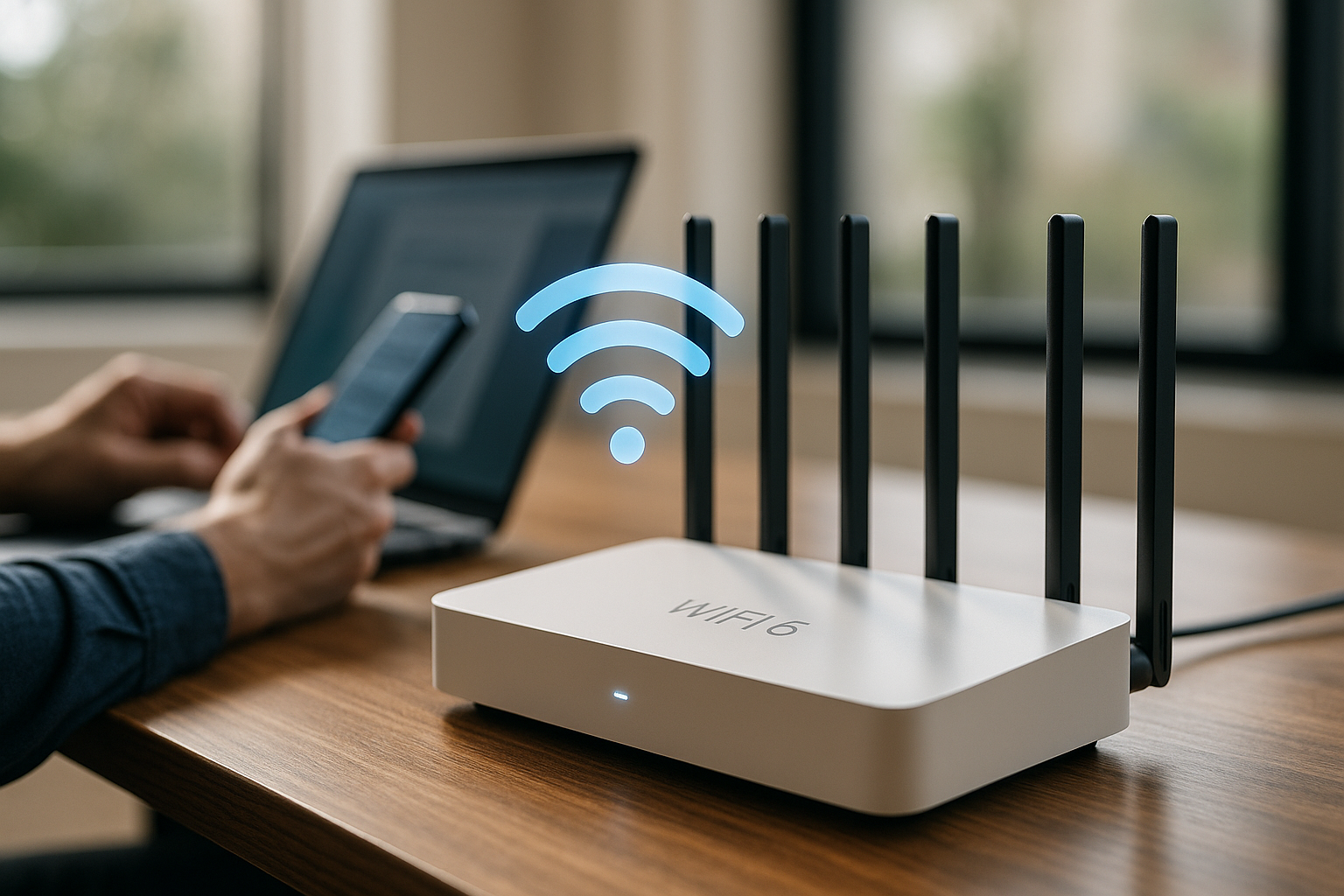How to Reduce Your Monthly Internet Costs in 2025!
With internet costs continuing to rise, many households are looking for effective ways to trim their monthly bills without sacrificing connectivity. The good news is that 2025 brings numerous opportunities to reduce your internet expenses through smart shopping, leveraging government programs, and understanding your actual usage needs. By taking a strategic approach to selecting and managing your internet service, you can potentially save hundreds of dollars annually while still maintaining reliable access to the digital world you depend on.

Check for Internet Providers in Your Area
The first step to reducing your internet costs involves researching all available providers in your location. Many consumers stick with their current provider out of habit, missing out on competitive rates from other companies. Use online comparison tools and provider websites to identify every internet service provider operating in your neighborhood. Contact each provider directly to inquire about current promotions, introductory rates, and bundling options that might not be advertised publicly. Rural areas may have fewer options, but even suburban and urban locations often have multiple providers competing for customers, creating opportunities for better deals.
Explore Internet Services for Seniors
Senior citizens can access special discounts and programs designed specifically for their demographic. Many major internet providers offer senior discounts ranging from 10% to 30% off standard rates for customers aged 55 and older. These programs often include simplified billing, dedicated customer service lines, and basic internet packages that meet typical senior usage patterns. Some providers also partner with organizations like AARP to extend additional savings. Contact providers directly to inquire about age-based discounts, as these deals aren’t always prominently advertised on websites or marketing materials.
Look for the Best Internet Deals of 2025
Internet providers regularly rotate promotional offers to attract new customers and retain existing ones. Timing your service changes or negotiations around these promotional periods can yield significant savings. Many providers offer introductory rates for the first 12 to 24 months, sometimes reducing costs by 40% or more. Bundle deals combining internet, phone, and television services can also provide savings, though carefully evaluate whether you actually need all included services. Keep track of when promotional rates expire and be prepared to negotiate or switch providers to maintain lower rates.
Don’t Overpay for Speed You Don’t Need
One of the most common ways consumers overspend on internet service involves purchasing speeds far exceeding their actual needs. Basic web browsing, email, and social media typically require only 5-10 Mbps. Streaming HD video content generally needs 25 Mbps, while 4K streaming requires around 50 Mbps. Gaming and video conferencing function well with 25-50 Mbps. Evaluate your household’s internet usage patterns and consider downgrading to a lower-speed plan if you’re currently paying for premium speeds you don’t utilize.
Consider Government-Supported Programs
The federal government offers several programs to help reduce internet costs for qualifying households. The Affordable Connectivity Program provides monthly discounts of up to $30 for eligible low-income families, with enhanced benefits for households on tribal lands. The Lifeline program offers additional telecommunications discounts for qualifying consumers. These programs can be combined with provider-specific low-income offerings to create substantial monthly savings. Income requirements and application processes vary, but many families earning up to 200% of federal poverty guidelines may qualify for assistance.
Understanding Real Internet Pricing in Your Market
Internet pricing varies significantly based on location, provider competition, and service levels. Major metropolitan areas typically offer more competitive pricing due to multiple provider options, while rural areas may face higher costs due to limited infrastructure. Understanding typical pricing helps identify genuine deals versus inflated regular rates that providers later “discount” to appear more attractive.
| Service Level | Typical Speed Range | Average Monthly Cost | Best For |
|---|---|---|---|
| Basic Internet | 25-50 Mbps | $30-50 | Light browsing, email |
| Standard Internet | 100-200 Mbps | $50-70 | HD streaming, small families |
| Premium Internet | 300-500 Mbps | $70-90 | Multiple users, 4K streaming |
| Gigabit Internet | 1000+ Mbps | $80-120 | Heavy usage, large households |
Prices, rates, or cost estimates mentioned in this article are based on the latest available information but may change over time. Independent research is advised before making financial decisions.
Conclusion
Reducing your monthly internet costs in 2025 requires a combination of research, timing, and understanding your actual needs. By exploring all available providers in your area, taking advantage of senior discounts and government programs, and right-sizing your service plan to match your usage, you can achieve meaningful savings without compromising your online experience. Remember that internet pricing is negotiable, and providers often have flexibility to match competitor offers or provide retention discounts to keep valuable customers. Regular review of your internet service and costs ensures you continue getting the best value as the market evolves throughout the year.




